Flights to Hawaii are among the most noted for the development of more sustainable and efficient air travel. A new airliner based on Pathfinder by JetZero and inspired by the US Air Force’s B-2 Stealth Bomber has big implications with a focus on Hawaii travel. These aircraft eliminate the dividing line between the wings and the airliner’s main body, thus enhancing aerodynamic efficiency. This comes alongside the development of the new Boom Supersonic aircraft.
The U.S. Air Force invests in JetZero.
Unlike Zoom SST, JetZero’s demonstrator, the first of a family of BWB aircraft, uses current technology engines and systems. The blended wing body aircraft is a design studied by NASA for 30 years, which also lends itself to future zero carbon emission hydrogen propulsion.
An award from the Department of Defense’s Innovation Unit is providing $235 million over the next four years, culminating with the first flight of the company’s full-scale demonstrator by early 2027. Jet Zero will initially use Pratt & Whitney GTF engines, at least to power the demonstrator. Those engines have been so problematic for Delta and Hawaiian Airlines.
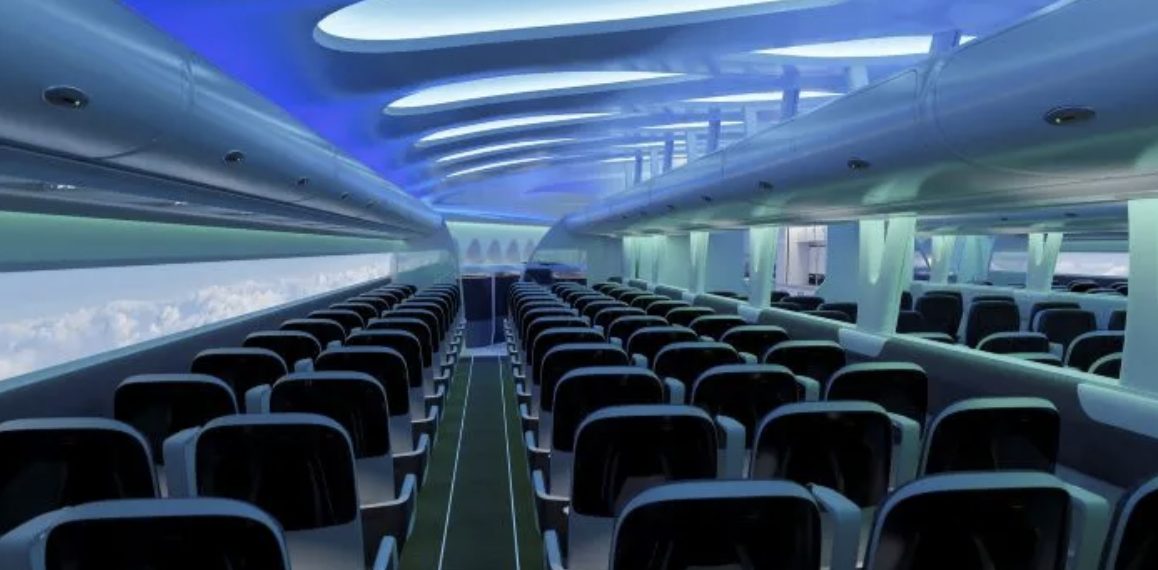

50% less fuel consumption on long Hawaii flights.
Perhaps the best part of this news is that the airliner should provide 50% lower fuel burn using today’s jet engines. JetZero CEO Tom O’Leary said, “No other proposed aircraft comes close in terms of efficiency.”
JetZero is a Long Beach Airport based company that has only been in business for three years but is already making big waves in aviation.
What is a blended wing body aircraft?
The JetZero Pathfinder is an innovative blended wing body (BWB) design that aims to deliver an incredible 50% reduction in fuel use and emissions compared to current airliners. A significant leap forward in efficiency and sustainability holds specific promise for Hawaii, which relies heavily on long-distance air travel. The new aircraft is purported to have a range of 5,754 miles, which brings the entire US and more within range, making it ideally suited for long-haul Hawaii flights, likely at a far lower cost per passenger compared with Boom Supersonic.
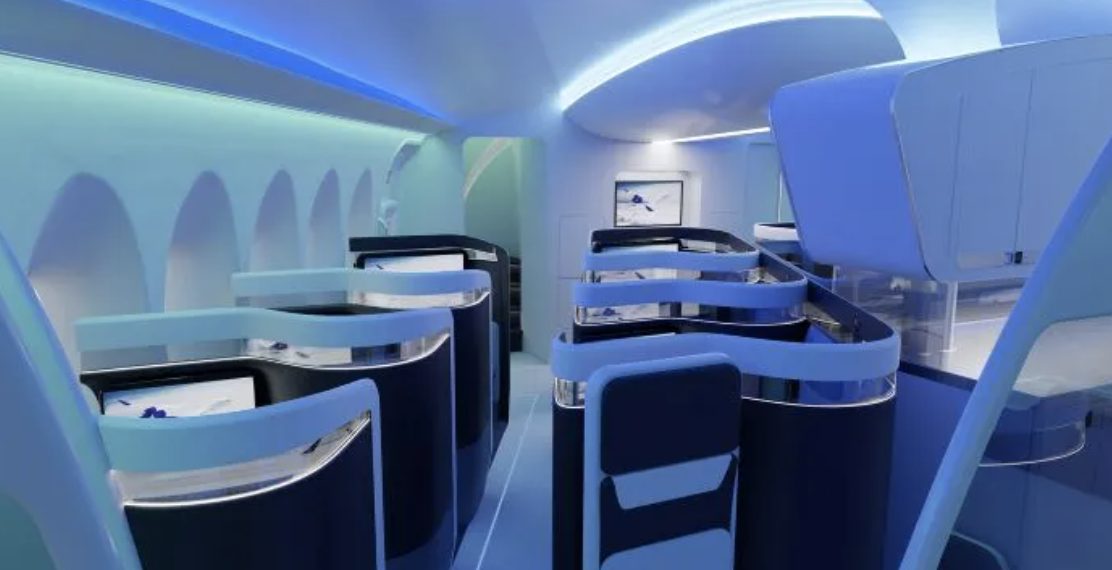

Considering Hawaii’s unique position in trans-Pacific travel, the technology could enhance connectivity between the islands, mainland USA, and Asia/Pacific.
Comparing this aircraft with Boom Supersonic, blended wing airliners have the potential for competitive advantages over upcoming supersonic travel options. While the SST premise is based on significantly reduced flight times, it still faces environmental concerns, noise regulations, and high operational costs. In contrast, the BWB airliners focus on efficiency, reduced emissions, and extended flight range. That certainly aligns with the growing focus on sustainable travel. While not entirely clear, it’s hoped that BWB’s innovative designs could also provide better passenger comfort and experience that we all seek. That’s another critical factor for future long-haul Hawaii flights.
FAA approves JetZero Pathfinder prototype test flights.
The company said it may achieve commercial airliner deployment by 2030, which is amazingly fast. It could arrive either preceding or simultaneously with new supersonic airliners, providing passengers and airlines with exciting new alternatives that balance speed, efficiency, comfort, and environmental sustainability. For Hawaii, the blended wing technology could transform air travel.


The potential to revolutionize air travel to Hawaii.
Considering Hawaii’s environmental concerns, unique ecosystems, and vulnerability to future climate change, the reduced fuel consumption and emissions of the Pathfinder could help achieve environmental goals and serve as a model for more sustainable air travel.
JetZero has stated that it aims to become the ‘SpaceX’ of aviation, creating a revolution in the aviation industry. With the prototype’s successful development, the future of Hawaii air travel looks ever more interesting.
Please share your thoughts on flying this new kind of aircraft to Hawaii.
Get Breaking Hawaii Travel News

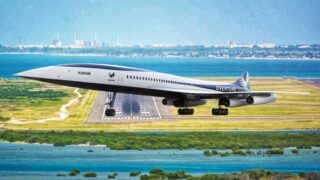
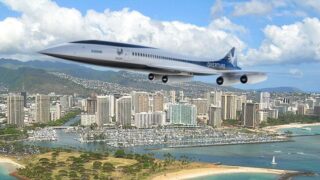
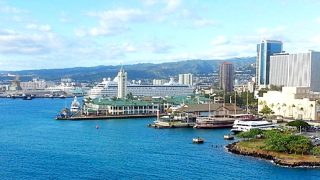
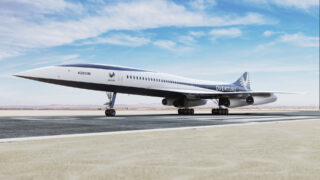
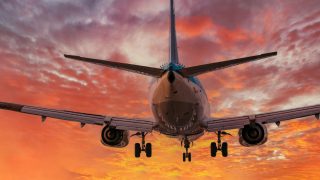

I’ve worked at Lihue airport for over 34 years and we at the airlines had lotta bird strikes, but never was reported only now give me a break🤫 We had to do a lot of engine changes🤙
How much will a seat cost from the mainland to Hawaii and when will it start flying?
The reason we have tubes with wings for so many years is they Work. Nothing has been found to be better for carrying people economically and safely. That in includes this kludge. I predict double engine failure due to compressor stall on first takeoff.
Can I just say the thing everyone on the outside looking into HI is thinking? It’s not good news…
1. Without a strong tourism industry, these new amazing aircraft (JetZero, Boom Supersonic, etc) don’t come to HI At All. HI tourism unfortunately is on the downswing, and unless the political will changes, tourism will end up crashing and burning.
2. These epic new flight concepts that “save the planet” while supposedly solving every tourist/ traveler transit issue is just many, many more ways for the deep-set corruption within the HI gov’t to wash illicit money and give massive kickbacks to friends and allies. HI is broken in so many ways, and the people in HI at the very lowest echelons end up with the short end of the stick. Stop!
The USAF is designing the service’s next generation aerial tanker and transport aircraft based on this concept. Very promising.
Best Regards
Hi Jay.
Thanks for that and your many contents!
Aloha.
Looks very expensive but it’s fascinating
Could be an interesting alternative to the aluminum tube.
In the late 1940s Northrop proposed a version of their flying wing bomber as an airliner.